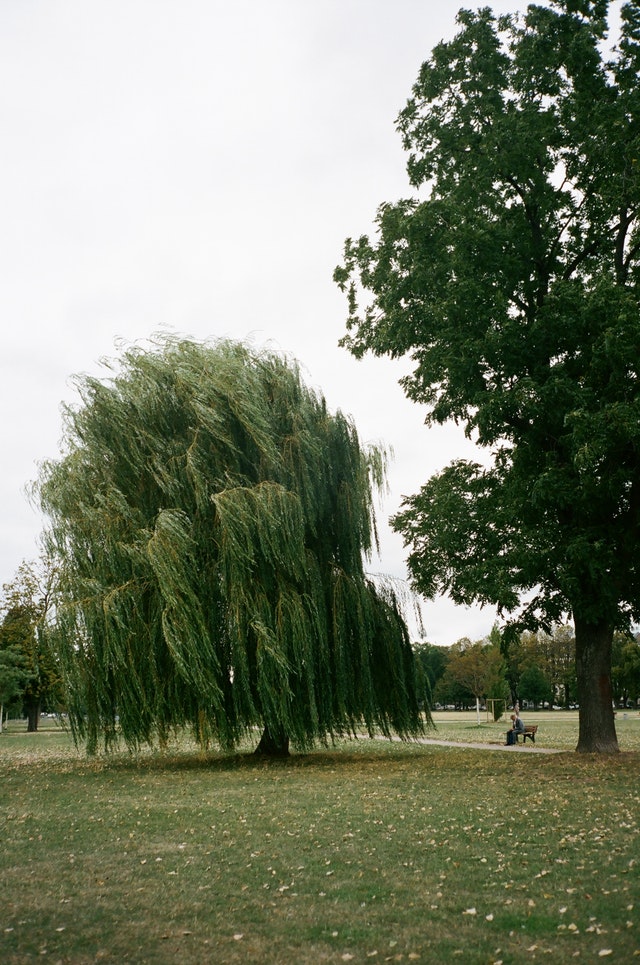The Willow Tree
This article is an excerpt from the book called “ENCYCLOPEDIA OF NORTH AMERICAN TREES” by “SAM BENVIE”. Very useful article about California trees for our users in Hayward. we refer to some of the articles in the book for our tree service reference. Some useful information about the willow tree.
THE WILLOWS (SALIX) : The willows are an extensive genus of some 250 to 300 species, found from the high arctic to lowland temperate regions of the high arctic to lowland temperate regions of the Northern Hemisphere. Seventy-five or so species are native to North America, most of them shrubs. While several regularly attain large tree size, virtually all of them exist as shrubs somewhere within their ranges. This book discusses seven species that to varying extents are tree form, and represent the variety of habitat within which the willows may be found.
Willows prefer moist soils. Most species occur along stream- and riverbanks, some in soil that has a high water table, and some where seasonal water runs and groundwater are otherwise plentiful. They are generally very fast-growing, shade-intolerant and short-lived. They tend to colonize water-disturbed sites and form locally pure stands quickly. Barring disturbance, many species are displaced by slower-growing, shade tolerant, longer-lived trees. Some associated with marshes and swamps tend to persist on the wettest ground because other trees cannot become established under these soil conditions.
As trees, willows vary a good deal in overall habit. Some, like the black willow, develop massive, rugged-barked trunks with wide-spreading, open canopies. Others, such as the red willow (as discussed in this book) or pussy willow have slender trunks and more slender and often attractively colored, especially in winter. The fine-toothed, simple leaves are arranged in alternate fashion and are variable in shape, from slender and linear to elliptically in winter. The fine-toothed, simple leaves are arranged in alternate fashion and are variable in shape, from slender and linear to elliptical and oval. Leafy stipules are present at the base of the leafstalk in some species and are usually shed before or soon after the leaf is fully expanded. Leaves are typically deciduous, although those of red willow come very close to being evergreen. Appearing before the leaves unfold, the flowers of willows are tiny, without petals, and unisexual; male and female flowers are gathered into same sex clusters on separate trees. The clusters are catkinlike and erect, a single stem having numerous individual flowers. On female trees the flowers are followed by small, oval, green capsules, densely packed along a somewhat drooping stem. They mature as the leaves are fully grown in early summer, and split open into two, to release their silky, white-haired seeds. The roots of willows are shallow-rooted and very fibrous.
Some of the native tree willows are deliberately grown or fostered in appropriate settings for attractive catkins or twig color. May jurisdictions, however, forbid the deliberate cultivation of willows where their roots might interfere with public waterworks or sewers. Except for black willow, whose wood has some minor use, the willows are not economically important for timber. They are probably the easies6t tree to propagate from cutting, and this characteristic makes them a mainstay of riparian restoration projects, and slope stabilization in relation to streams and rivers. In wetland habitats they provide useful cover and nesting sites to many birds.
Continue reading about “The Magnolias (Magnolia)”

